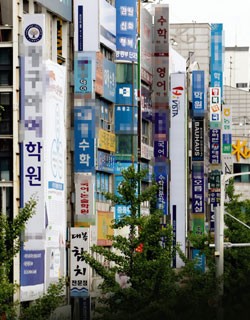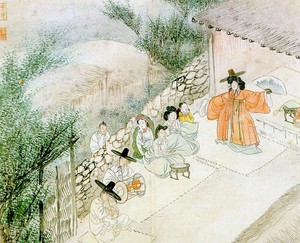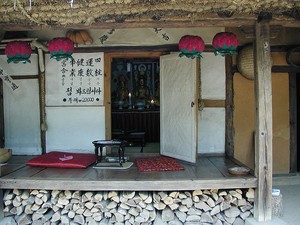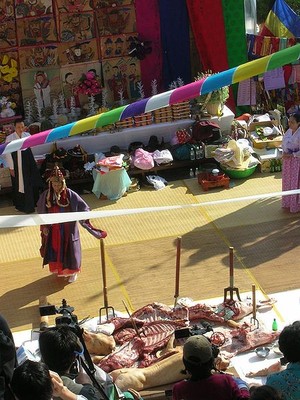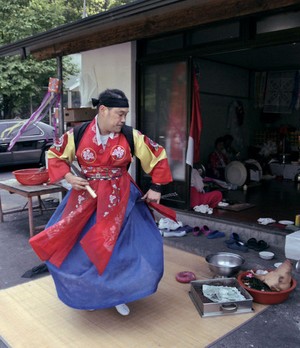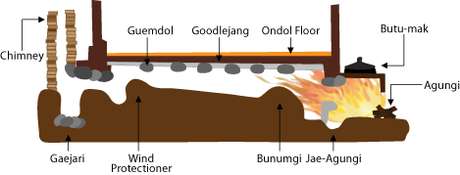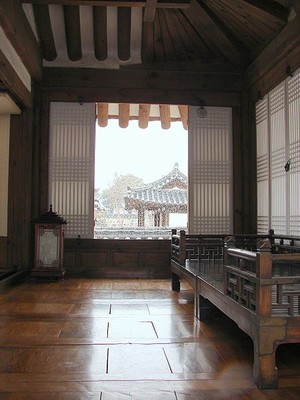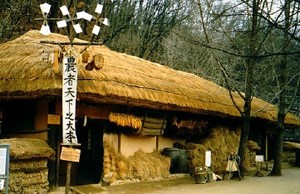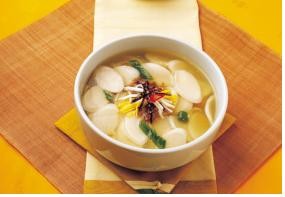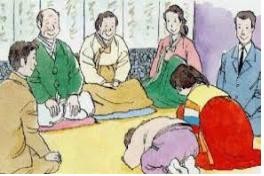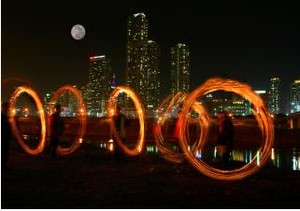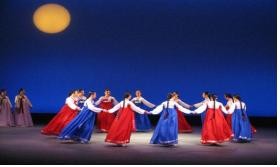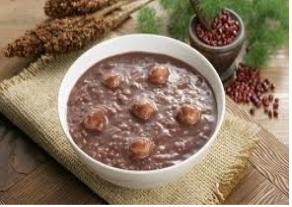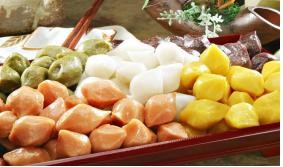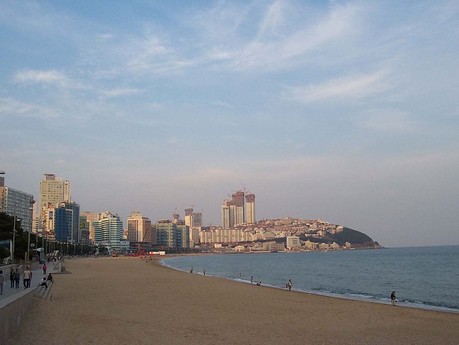Wish you could buy the extravagant things on your wish list at more affordable prices? With a little luck and some know-how, you can worry less about your budget and find your favorite brand items at 30-70% off the regular retail price. Keep reading to find out where you can purchase trendy, luxurious items without emptying your wallet.
Premium Outlets
Yeoju Premium Outlets
Yeoju Premium Outlets was jointly developed by Simon Property Group (a corporation from the USA) and Shinsegae Chelsea. It was the first original outlet in Korea and offers products at 25-65% off the retail price all year round. Among the 144 brands, you’re sure to recognize famous names such as Giorgio Armani, Bally, Burberry, Dior, DKNY, Fendi, Gucci, Marc Jacobs, and Max Mara. There are also stores that sell shoes, bags, accessories, children’s wear, and house wares. Most products are from previous seasons and popular items are only available in limited sizes, so it’s best to go the outlet with no particular “must-purchase” item in mind.
Paju Premium Outlets
Following the success of the Yeoju Premium Outlets, Paju Premium Outlets opened on March 18, 2011 in Paju. Stores include Nike, Gap, Tommy Hilfiger, Bean Pole, Adidas, Coach, Gucci, Marc Jacobs, Max Mara, and more. The outlet offers 25-65% discounts year-round on all of its 150 designer brands. The Adidas store is a real bargain with clothes and shoes selling at 60-80% off the regular retail price. Giorgio Armani offers most items at discounts of 50% or more, and some Armani t-shirts are even available in the 20,000 won range.
In addition to fashion stores, Paju Premium Outlets also has 13 house ware brands including Le Creuset and Tefal, as well as a LEGO store.
Lotte Premium Outlets
As the largest outlet mall in Korea, Lotte Premium Outlet Paju has international brand stores not available in other outlet stores in Korea, such as Paul Smith, Mulberry, TAG Heuer, and Kate Spade. There are also 320 other popular brand stores including Beanpole, Polo, MCM, Nike, and Adidas.
There is also a multiplex cinema equipped with state-of-the-art digital audio systems, a Pororo kid’s café for families with children, a park on the rooftop, and various restaurants. With nearby attractions such as the Unification Observatory, Heyri Art Village, and Paju English Village, visitors can tour around after or before shopping.
Outlets Specializing in Local Brands
Gimpo Airport Outlet
The Gimpo Airport Outlet is located in the international terminal of Gimpo Airport, where flights connect to destinations such as Tokyo, Haneda, Osaka, Nagoya, Shanghai, and Beijing. Gimpo Outlet has an upscale atmosphere that is almost like shopping in your favorite department store. Another major plus is that the outlet is easily accessible via Subway Lines 5, 9, and Airport Railroad Express (AREX). This way, you won’t have the hassle of lugging your heavy shopping bags through a bunch of transfer points.
The outlet offers 207 local brands and typically sells the previous year’s fashions at 30-70% off. You’ll also be able to find a selection of specially designed seasonal items (this year’s fashions) that are sold at around 30% discount. Check out the 1st floor to find women’s clothing, leather products, cosmetics, and jewelry shops. The 2nd floor has men’s clothing and sports & outdoor gear. Kids’ clothing and lingerie outlets, cell phone shops and restaurants can be found on the 3rd floor. The Louisienne, a premium outlet that opened in December 2010, carries brands like Michael Kors, Coach, and Etienne Aigner.
The outlet provides a tax refund service where you can receive a refund on VAT (Value Added Tax). For shoppers from China, the outlet also accepts China’s UnionPay credit card.
The Lotte Mall Gimpo Airport, located next to Gimpo Airport’s international passenger terminal, has a department store, multiplex cinema, supermarket, hotel, and exhibition hall, providing even more cultural activities and shopping.
Munjeongdong Outlet
Just take the subway to Munjeong Station, and you’ll soon find yourself on a wide street full of great products and top brands like Polo, Bean Pole, Levi’s, Quicksilver, Nike, Adidas, and Puma. Nike offers off-season items at 40% discounts, including clothing, sports shoes, and hats.
At the Munjeongdong Outlet, there are also other shopping malls like Mods Shopping Mall, and other local and overseas casual wear and luxury brands.
Mario Outlet
Spanning 132,000 square meters in Gasan-dong, Seoul, Mario Outlet is Asia’s largest urban hybrid (two functions or roles combined into one) outlet that carries about 500 brands. It was established in July 2001 as a fashion outlet store situated in the heart of downtown Seoul. Over the years, it has expanded into “Mario Outlet Town” by opening a second store (Mario 2) in 2004 and yet another one (Mario 3) in September 2012. As the outlet mall with the biggest scale and the largest number of brands in Asia, Mario Outlet offers a one-stop shopping experience and various cultural services. It features diverse shopping categories ranging from luxury brand items to clothes, accessories, cosmetics, furniture, and house wares, as well as premium restaurants, fast food restaurants, kids’ theme park, and more. By offering popular domestic brand products at discounts of up to 80%, Mario Outlet is rising as a reasonable shopping space for modern consumers who value “smart shopping”.
In addition to accepting cash payments in US dollars and Japanese yen for shoppers from abroad, Mario Outlet conducts affiliate marketing with China UnionPay credit card to make shopping convenient for Chinese shoppers who account for a large part of the sales. The outlet also provides tax refund services through which you can receive a refund on VAT (Value Added Tax) for purchases of over 30,000 won at Mario Outlet. Tax refund tickets are issued right off at the customer centers located on the Mario 1 seventh floor and the Mario 3 eleventh floor. Further shopping conveniences offered by the outlet include shopping information services exclusively for international tourists. Pamphlets containing the outlet’s shopping information are available in English, Chinese, and Japanese at the Mario 3 third floor information desk and throughout the mall.
